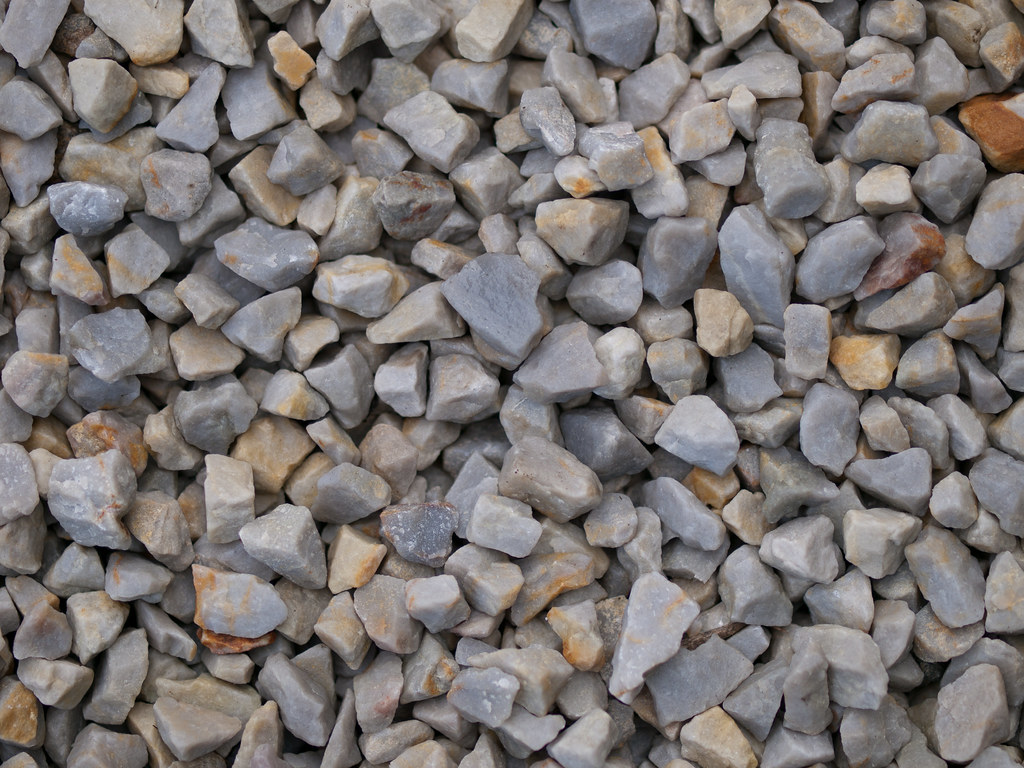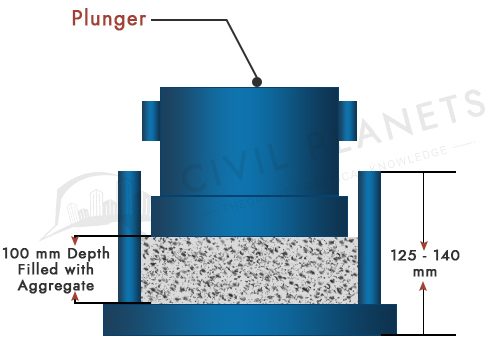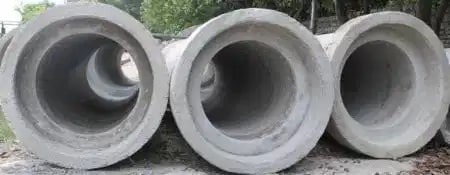The primary purpose of using coarse aggregates is to enhance the strength of the concrete. Moreover, the coarse aggregates will easily blend with other concrete ingredients and make it as a homogeneous element.
The impact value test has been conducted on aggregate to determine its bearing capacity against sudden impact.
Here we are going to discuss the crushing value of aggregates.
What is an aggregate crushing value?
The resistance capacity of aggregate under gradually applied compression load is known as aggregate crushing value. The test that is performed to measure the relative resistance is called aggregate crushing value test.

Significance of Aggregate Crushing Value Test
The crushing value test is conducted on aggregates that are used for the construction of roads. Lower crushing value aggregates give much more durability for roads due to its lower crushed fraction under the compression load.
The road is subjected to motion pressure continuously. So the aggregate used for road construction should be able to sustain that motion pressure.

It should not disintegrate against the pressure else; the surface of the road will be damaged.
So the aggregates must be tested to know its crushing strength against compressive load, whether it is suitable or not for road construction.
Test precautions
- The sample should be free from dust and other impurities.
- Wear safety gear while executing the test.
- Ensure the calibration of the compression testing machine.
- The equipment should be clean before and after the test.
Apparatus Required

- 15cm steel cylinder with base plate along with the plunger.
- Weighing Machine
- 16mm dia and 60cm length steel tamping rod
- IS sieves of 12.5mm, 10mm and 2.36mm and pan
- Measuring cylinder with a height of 18cm and 11.5cm
- Compression testing machine with gradually applying load capacity upto 40 tons.
Preparation of Sample
- The aggregate sample should be sieved through 12.5 mm sieve.
- Then the sample retained in the 10 mm sieve should be collected.
- The oven should dry the collected aggregate sample up to 4 hours at 100° C to 110° C
- Allow the sample to cool at room temperature.
Test Procedure
The aggregates crushing value test should be performed as per IS code 2386 Part IV.

- First, fill the sample aggregate with one-third of the cylindrical measure in three layers
- Each layer should be tamped 25times freely.
- After filling the sample aggregate, weigh and record it as W1.
- Now fill the aggregate in the mould along with the plunger on top.
- Then place the cylinder on the compression testing machine at the correct position and lock it to ensure that there is no oscillation while applying the load.
- Now apply the pressure gradually upto 400 KN, which will reach in 10 minutes.
- Then take out the sample and sieve it through the 2.36mm IS sieve and weigh the sample as W2.
Calculation of Aggregate Crushing Value
The crushing value of aggregates is measured in the ratio between the crushed aggregates, obtained from the IS sieve 2.36mm and the weight of the dried aggregate sample.
At least three samples should be tested from the same batch and average value to get accurate results.
The crushing value of aggregate = (W2/W1) x 100
Lab Report
| SI | Description | Sample1 | Sample2 | Sample3 |
| 1 | Total weight of dried aggregates (W1) | |||
| 2 | Weight of aggregates sieved by 2.36mm IS Sieve (W2) | |||
| 3 | Ratio (W2/W1) x 100 |
Aggregate crushing value limits
The below table shows the crushing value limits for different aggregates.
| Roads / Pavements | Aggregate Crushing Value Limit |
| Flexible Pavements | |
| Soling | 50 |
| Water bound macadam | 40 |
| Bituminous macadam | 40 |
| Bituminous surface dressing or thin premix carpet | 30 |
| Dense mix carpet | 30 |
| Rigid Pavements | |
| Other than wearing course | 45 |
| Surface or wearing course | 30 |
Video Illustration
Courtesy – NCTEL
Happy Learning 🙂



